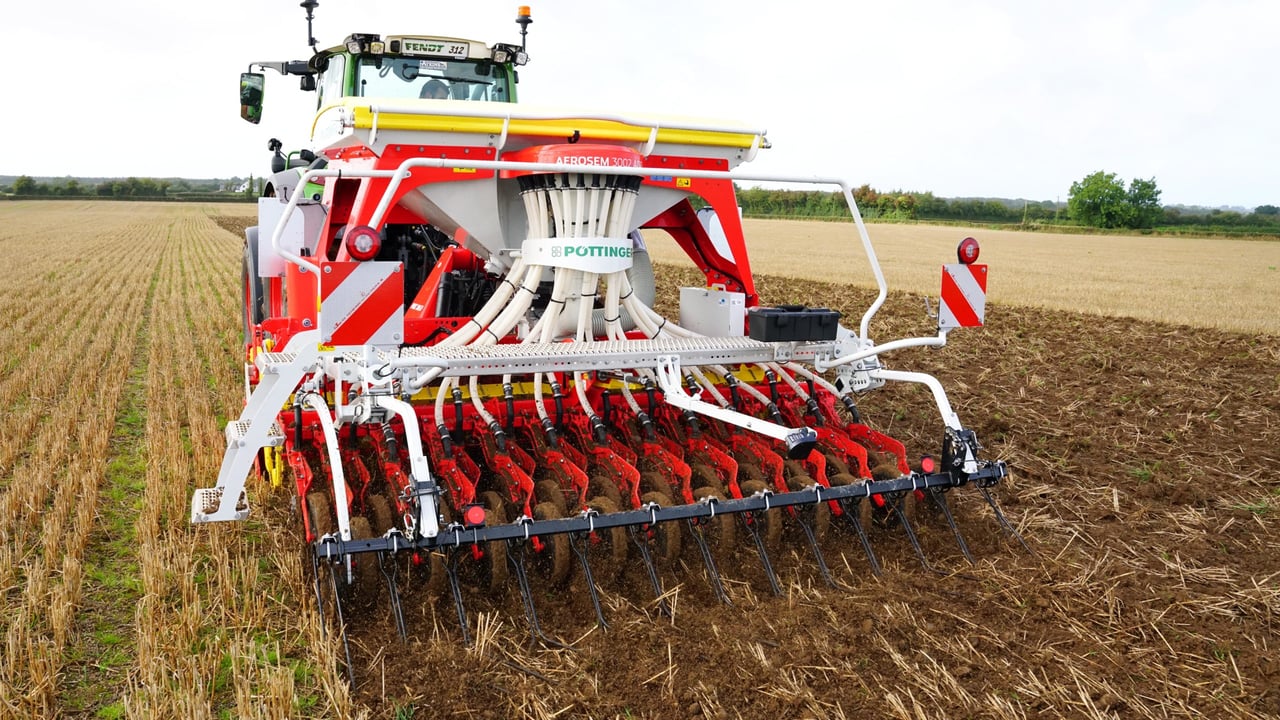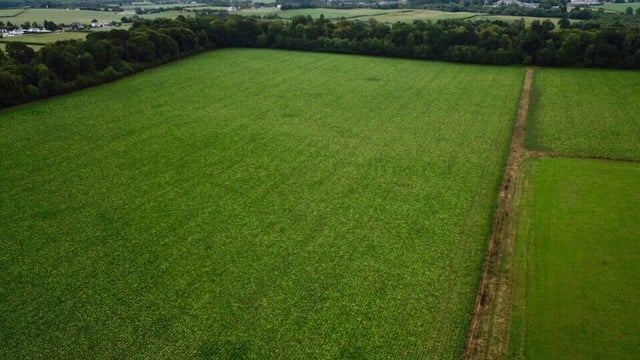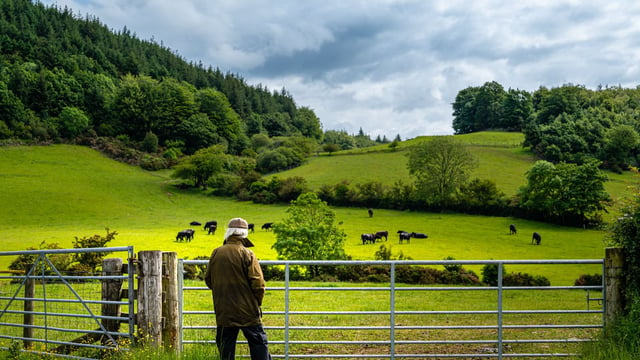Tillage: Seed bed conditions fast deteriorating
Teagasc tillage specialist Kieran Collins has travelled a fair bit over recent days, checking on new planting rates and seed bed conditions.
He has confirmed that surface water is lying in many areas.
“There is patchy crop emergence in places. There will be some issues with establishment, particularly in crops of winter barley that were sown just before the weather broke," he explained.
Collins contributed to the most recent edition of the Tillage Edge podcast. He went on to point out that the recent heavy rain and, consequential, heavy seed beds will impact on crop establishment.
These deteriorating conditions will also have a direct impact on seed rates.
“Once we get into November, barley really does become a high risk option,” he said.
“In terms of wheat, the target should be 280 to 300 seeds/m². It’s critically important to estimate the percentage establishment on the day that a crop is sown out.”
According to the tillage specialist, establishment rates of up to 85% can be achieved during November.
“But this depends on ground conditions being good,” he stressed. “But if soils are that little bit sticky, establishment rates in the region of 75% could be more realistic.
High seed rates add to the costs of establishing a crop in the first instance. The price of seed has risen significantly this year.
Crows are also very active at the present time. The potential for birds to ‘rob’ freshly sown seed is also very real, the tillage specialist explained.
Another factor that growers should take into consideration when planting over the coming days is 1,000-grain weights.
A number of varieties, including the likes of Graham, have very high weights in this regard right now.
However, it is the actual number of seeds that go into the ground that determines subsequent plant populations.
Kieran Collins continued: “We can’t take our eye off the ball, where costs are concerned.
“Another issue is rolling. Teagasc advises that freshly sown-out fields should not be rolled prior to heavy rain. This avoids capping.
“But the negative is pest damage. Fields after oilseed rape, in particular, may have large slug populations," Collins added.
“These can hollow-out seed that has not germinated. Compounding this problem is the fact that slug pellets will dissolve away quite quickly in wet conditions.”





